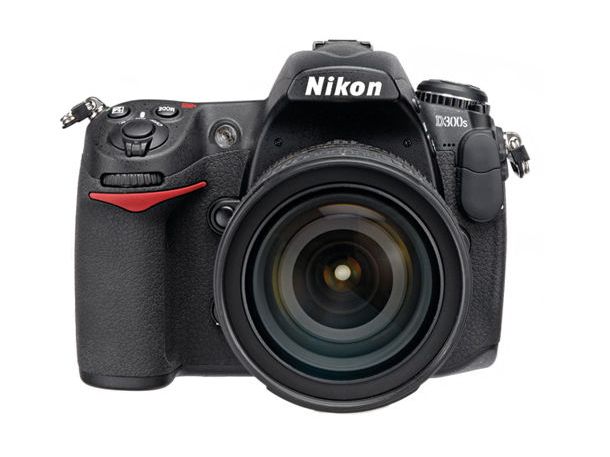In the realm of messaging apps, WhatsApp has always stood out as a platform free from the intrusion of advertisements. However, recent developments have sparked discussions about the potential introduction of ads on WhatsApp, a move that might not be as surprising as it initially appears. Let’s delve into the rationale behind this speculated transition and why it aligns with Meta’s overarching strategy.
WhatsApp’s Origin Story
WhatsApp began its journey as a game-changer in the world of messaging apps. It swiftly rendered traditional SMS obsolete, offering users a seamless and cost-effective means of communication. Its user-friendly interface and robust end-to-end encryption made it a favorite among both iPhone and Android users. The significant turning point occurred when Facebook, now part of Meta, acquired WhatsApp for a staggering $16 billion. This eye-watering acquisition price raised eyebrows, leading to speculation about how Meta intended to monetize this messaging giant.
The Promise of WhatsApp’s User Base
The colossal valuation of WhatsApp was not solely based on its existing user base but also on the potential to expand its reach exponentially under the Meta umbrella. Despite WhatsApp’s Chief Will Cathcart publicly denying recent reports of ads being introduced to the platform, the lingering notion of ads finding their way onto WhatsApp’s interface persists.
Meta’s Dependence on Advertising Revenue
Meta has long relied on digital advertising as a primary revenue stream, with platforms like Instagram and Facebook being prominent examples. This dependency on ads for revenue generation raises the question: can WhatsApp, with its immense user base, remain immune to this trend indefinitely?
The Subtle Shift Towards Ads
Meta’s strategic groundwork suggests otherwise. The company’s emphasis on cross-platform integration and its track record with advertising-intensive platforms has sparked speculation that WhatsApp might eventually follow suit. The introduction of ads on a platform renowned for end-to-end encryption and secure messaging may seem counterintuitive, but the potential financial gains are substantial.
Imagine a scenario where your WhatsApp chat screen features ads, offering brands a new avenue to engage with its massive user base. While WhatsApp’s current stance against ads is clear, it’s important to recognize that the digital landscape is dynamic, and market forces often dictate shifts in strategy.
The Future Outlook
In an era where even the staunchest advocates for ad-minimization, like Apple, have incorporated ads into their platforms, it wouldn’t be surprising to witness WhatsApp, under the Meta umbrella, eventually embracing advertising. As Meta continues to seek avenues for revenue growth, WhatsApp’s vast user base and potential ad space become increasingly tempting prospects.
In conclusion, while WhatsApp’s current ad-free status may endure for now, it’s essential to remain vigilant, as the digital landscape is continually evolving. The integration of ads on WhatsApp, though met with initial surprise, might ultimately become a predictable and strategic step in Meta’s pursuit of sustained growth and profitability.









































































































































